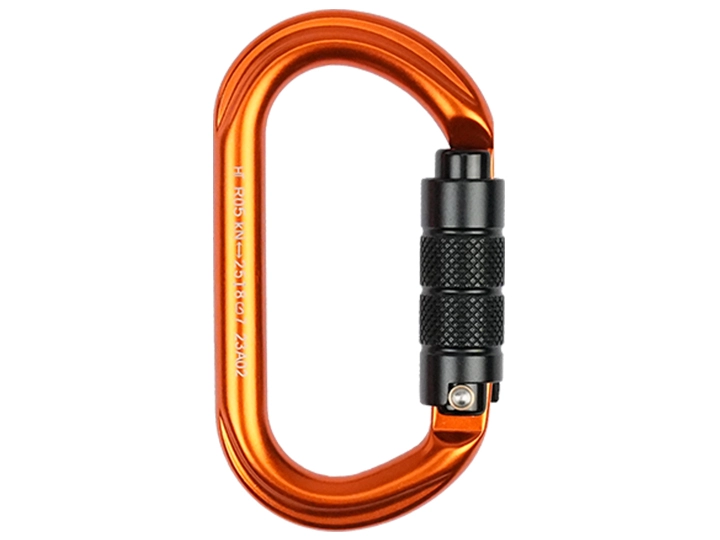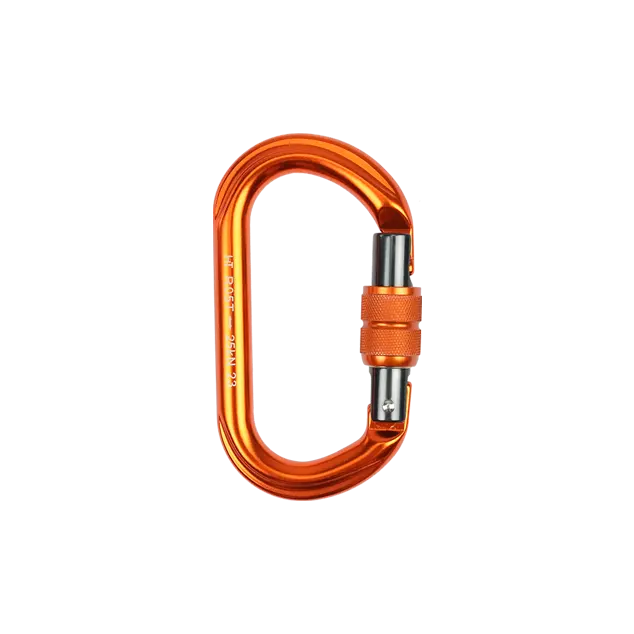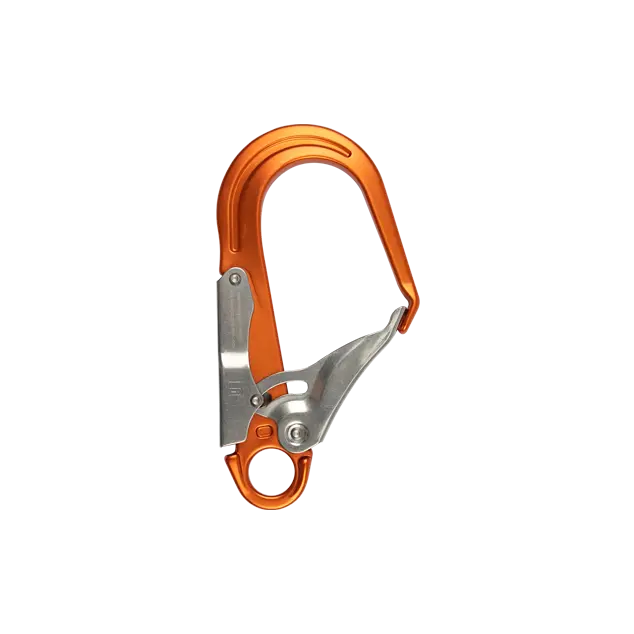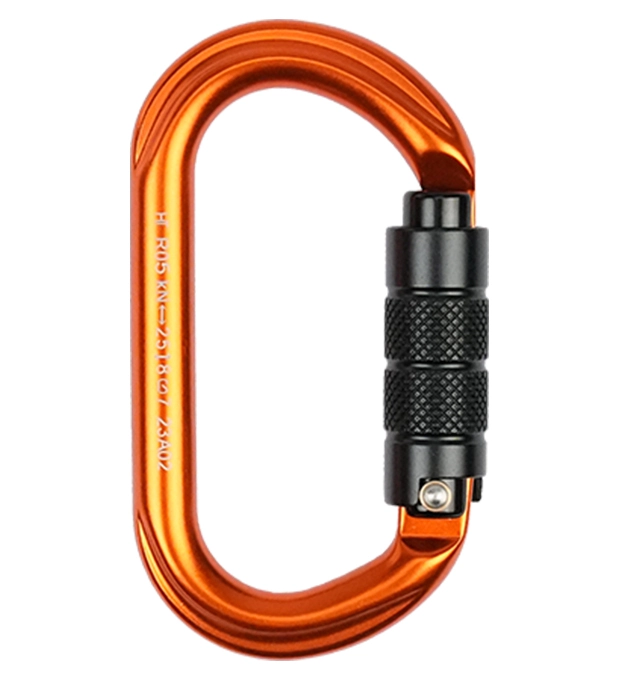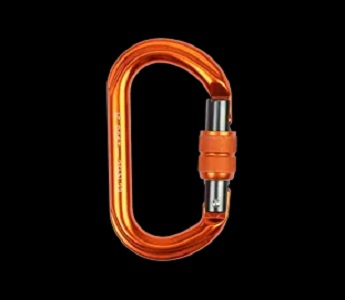
- Energy Absorber With Elastic Lanyard
- Work Positioning Lanyard
- I-Shaped Lanyard
- Y-Shaped Lanyard
- Rope Lanyard
- Tool Lanyard
- Accessory Cord
- Dynamic Rope
- Fire Rope
- Mechanical Rope
- Rope Protector
- Static Rope
- Tree Climbing Rope
- Water Rescue Rope
- Steel Wire Rope Fall Arrester
- Steel Wire Rope Fall Arrester With Energy Absorber
- Webbing Fall Arrester
- Webbing Fall Arrester With Energy Absorber
WHAT ARE YOU LOOKING FOR?
 EN
EN
 fr
fr 


















